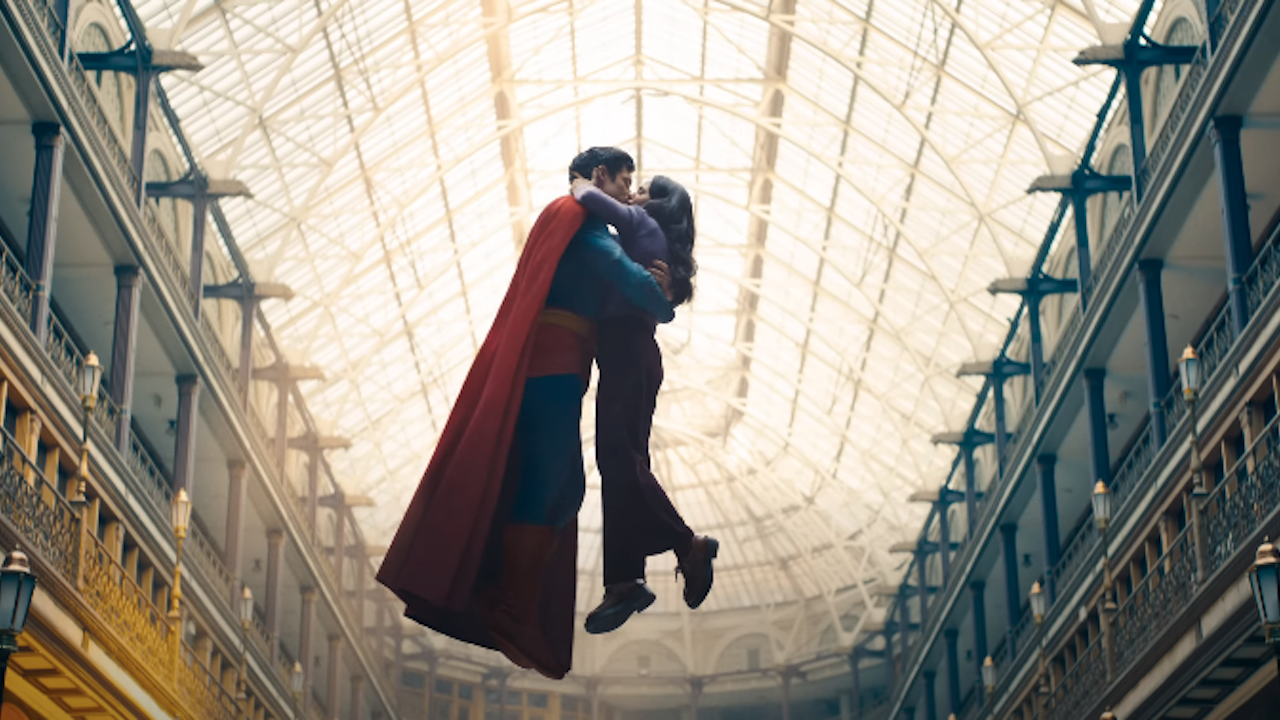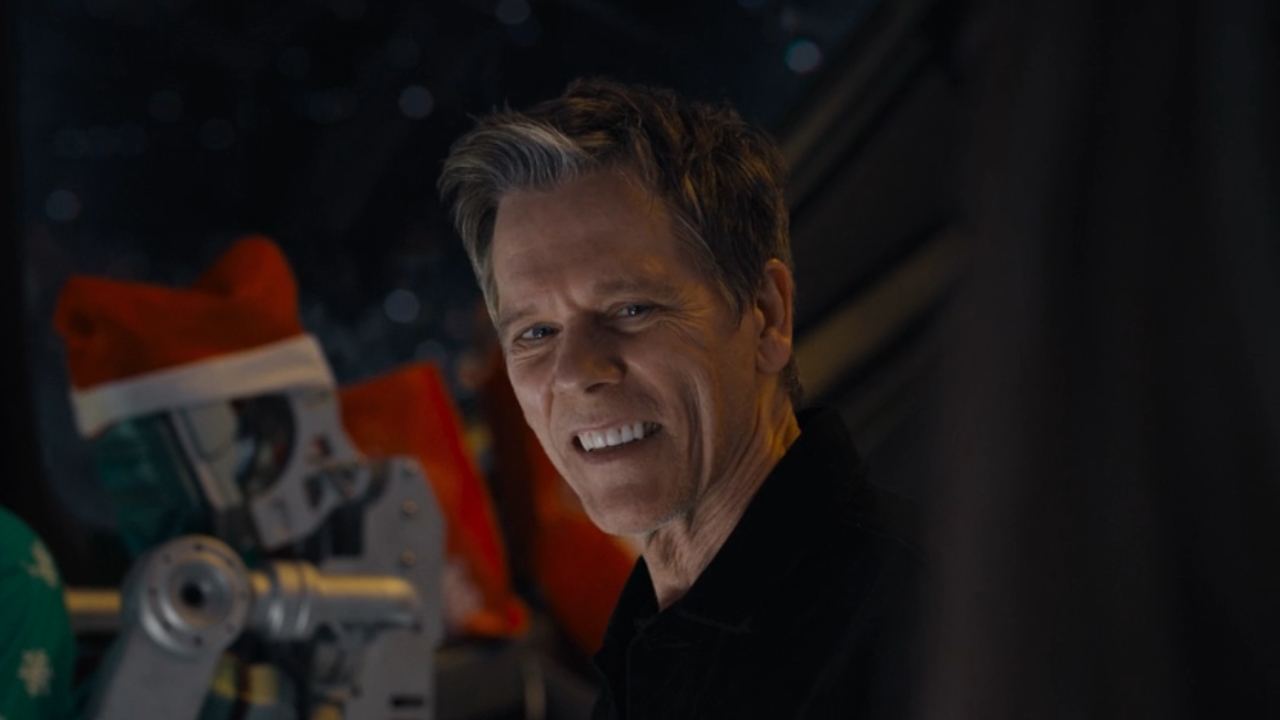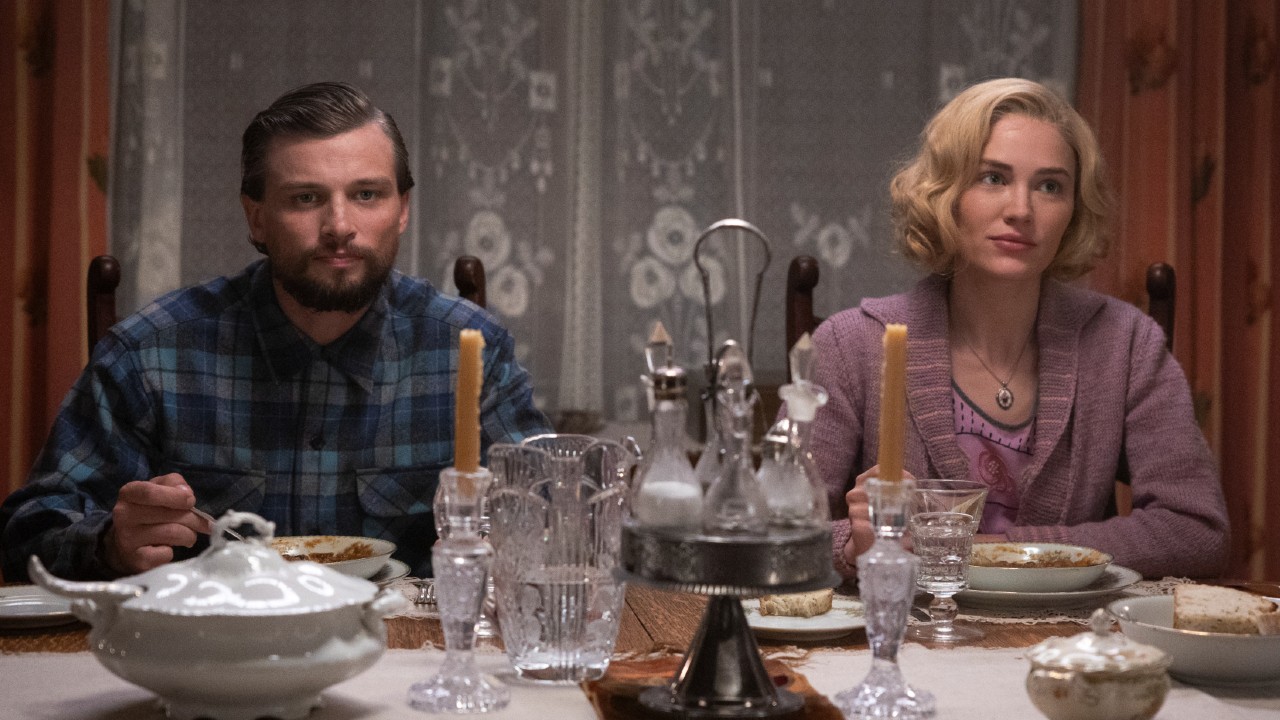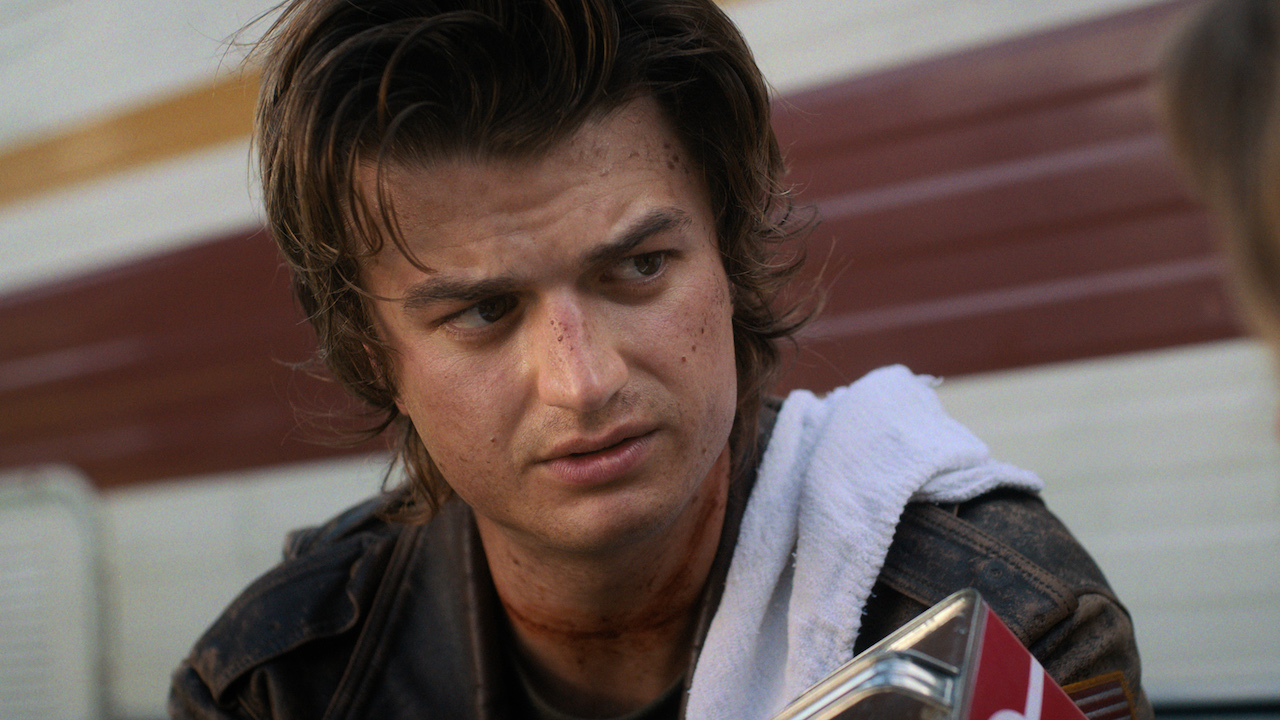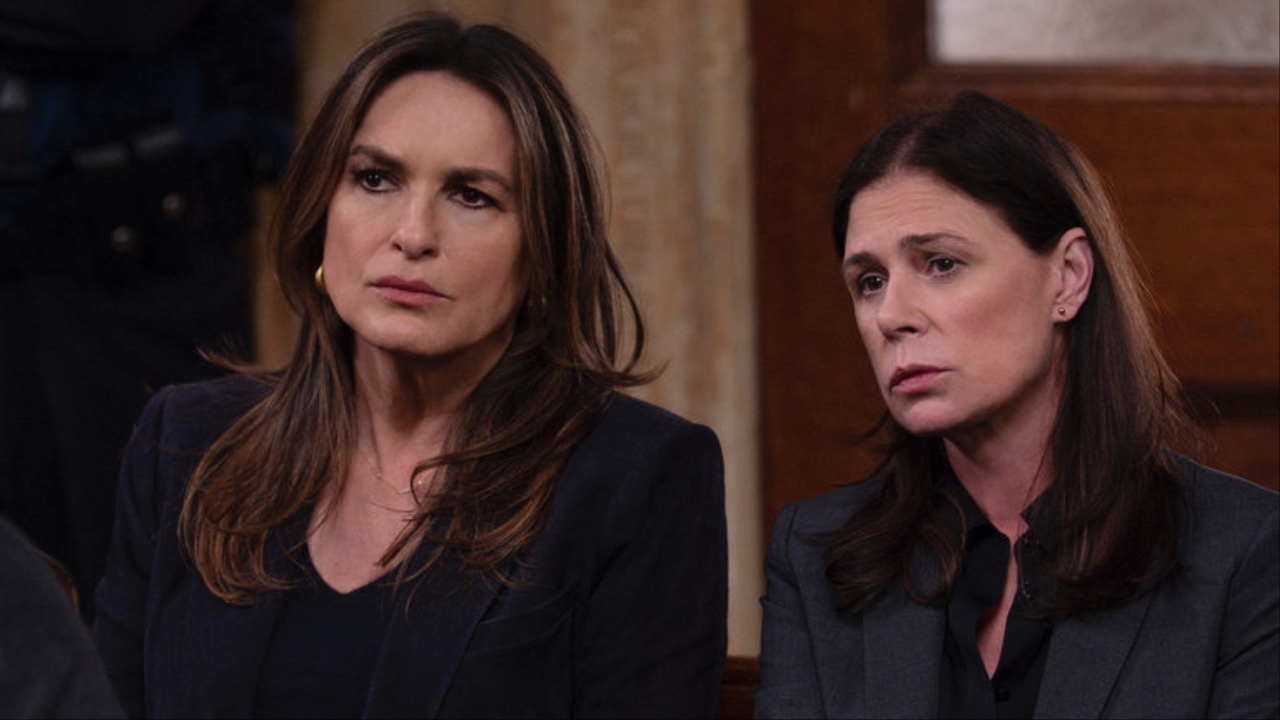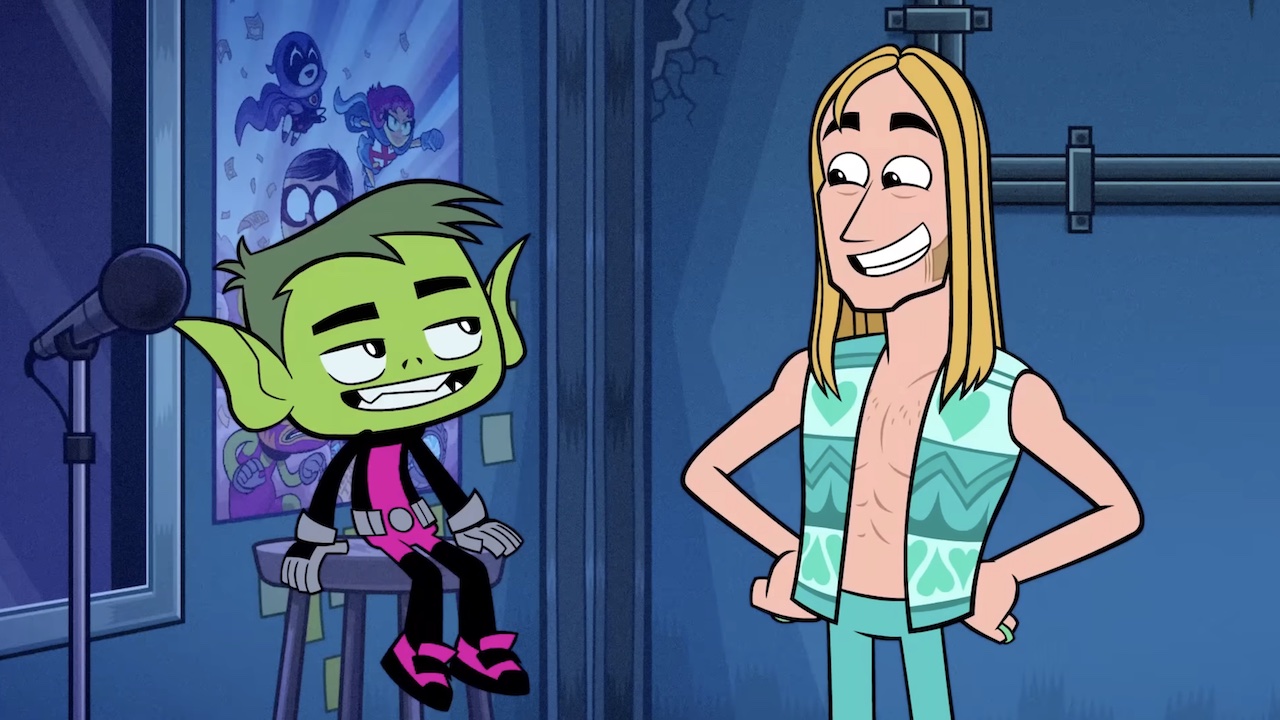Birds, Dead Bodies And Why 1917 Was A Huge Hassle To Film
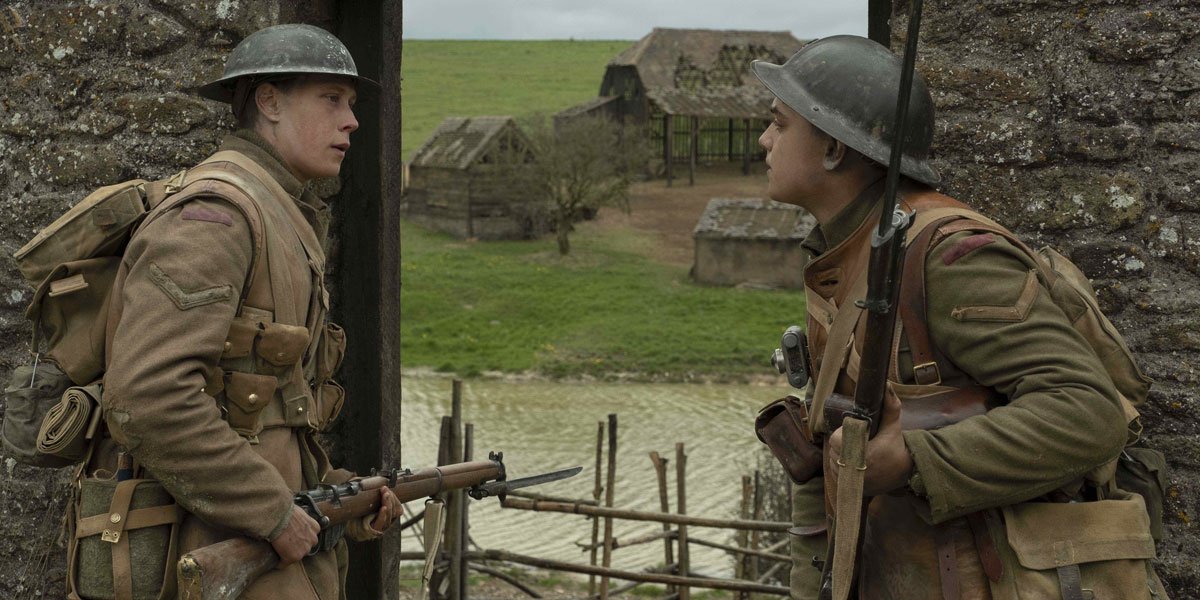
By now, if you know anything about 1917 you probably know its WWI-set story was a hassle to film. We’ve heard over and over again about the one-shot technique – or as director Sam Mendes would prefer to call it, “a movie with no cuts in it.” However, it was a huge hassle for the production design team as well, as they had to take into consideration everything from birds to dead bodies.
Here’s the gist. 1917 shot much of the movie somewhat near Stonehenge, in fields where trenches had to be dug months in advance. The trenches weren’t the only set pieces the movie used, but creating them did require digging, and location manager Emma Pill recently revealed that one concern was that the production might disturb dead bodies left in the ground for upwards of 3,000 years.
She actually got a license to exhume bodies, noting,
I had to get a license to exhume bodies. Obviously if they were modern bodies, you’re calling the police. But ancient bodies, you have to have a license to have permission to exhume them from the ground.
No bodies were actually dug up in the making of the trenches, but the whole thing was an eight-month ordeal that also meant the trenches had to be filled when 1917 had wrapped its last day on set.
Bodies weren’t the only problem, as Emma Pill also said in her interview with Vulture that the production went to the trouble of creating an old barn for one memorable sequence. It was on Salisbury Plain and the production was required to tear the barn down when the movie was done filming, but the production also had to protect the local wildlife in the area, including stone curlew birds.
The 1917 crew ended up in a Catch-22 where the protected birds began living in the barn they were supposed to tear down in order to leave no trace and protect the birds. The birds ultimately left and all was well that ended well, but looking back Emma Pill said,
We couldn’t strike the barn because some swallows and wagtails had decided it was a perfect environment to nest. It was the perfect barn in the middle of a perfect environment. They’re going to turn up next year and go, ‘Hang on a minute, where’s our barn?’
This may sound like a comedy bit, but in reality it’s not the first time a movie set has had to take birds into consideration and it’s unlikely to be the last. When Star Wars was filming The Last Jedi, for example, the island with the porgs, Skellig Michael, was a wildlife preserve that was covered in birds and that was the real reason why porgs were created for the film. Digitally removing them wasn’t really an option, so porgs were born, for better or worse.
CINEMABLEND NEWSLETTER
Your Daily Blend of Entertainment News
Although the hard work paid off for the WWI movie and 1917 has been a frontrunner in the awards conversation in the weeks since its release at the end of 2019, it sounds like filming the movie was not remotely easy. We’ve previously heard tales about scenes being shot and coming out perfectly, that is until a lighter or some other minor set piece malfunctioned and every single moment had to be reset and shot again.
Shooting in one take meant resets on 1917 involving large swaths of filming at a time. But the end result has been impressive enough to earn the film over $252 million worldwide. On Sunday, it is up for Academy Awards in 10 categories, just one shy of Joker, which has earned 11 nominations. You can see which movie takes home the most statues when the 2020 Oscars air on ABC on Sunday night at 8 p.m. ET.

Jessica Rawden is Managing Editor at CinemaBlend. She’s been kicking out news stories since 2007 and joined the full-time staff in 2014. She oversees news content, hiring and training for the site, and her areas of expertise include theme parks, rom-coms, Hallmark (particularly Christmas movie season), reality TV, celebrity interviews and primetime. She loves a good animated movie. Jessica has a Masters in Library Science degree from Indiana University, and used to be found behind a reference desk most definitely not shushing people. She now uses those skills in researching and tracking down information in very different ways.



